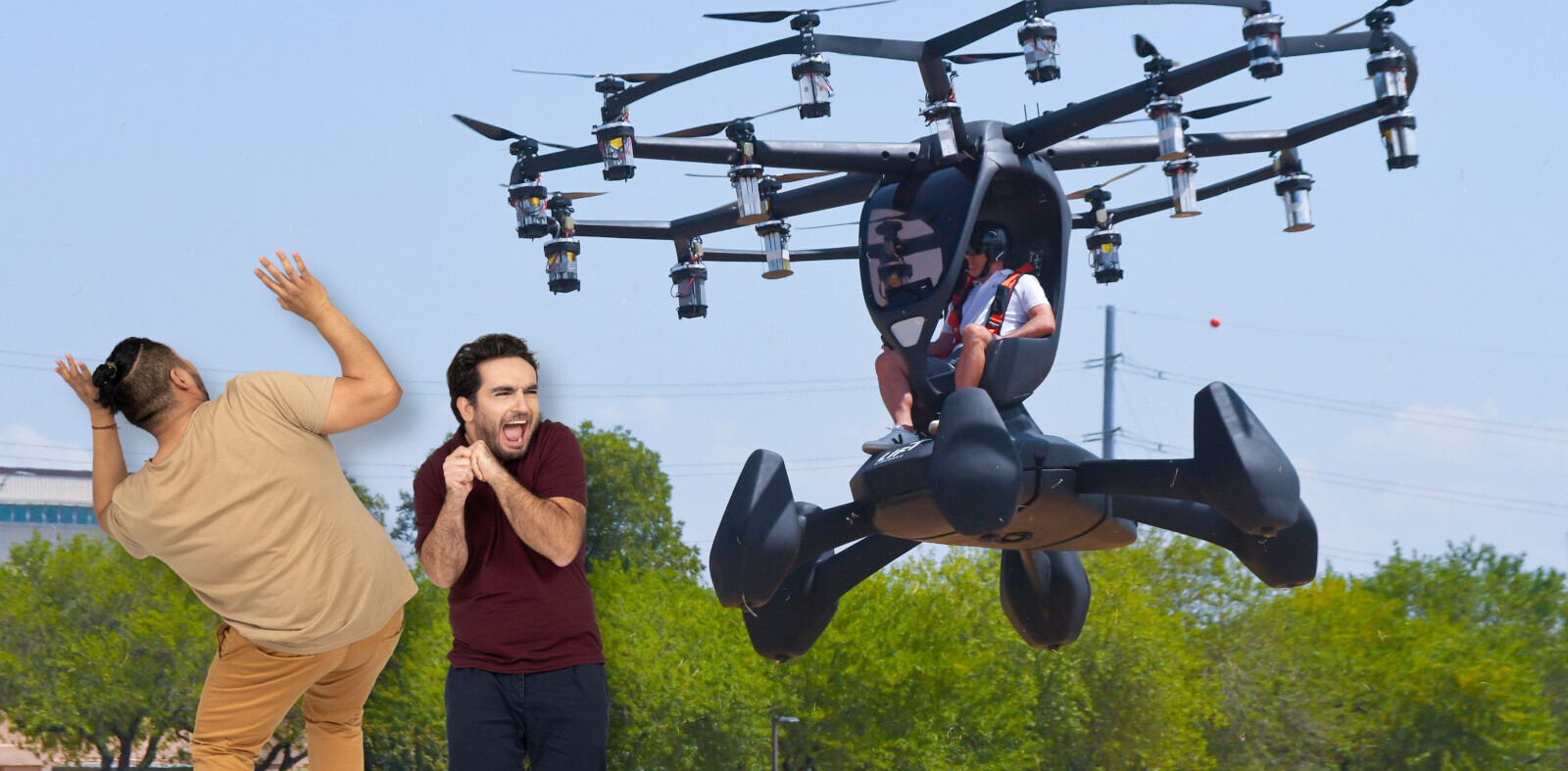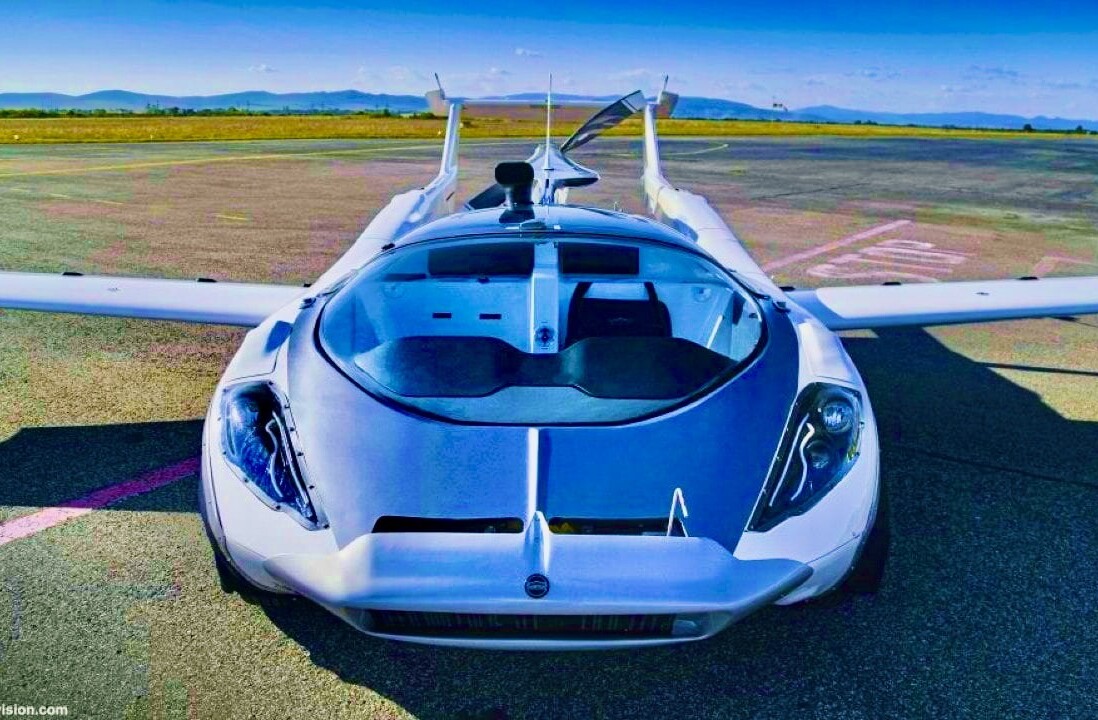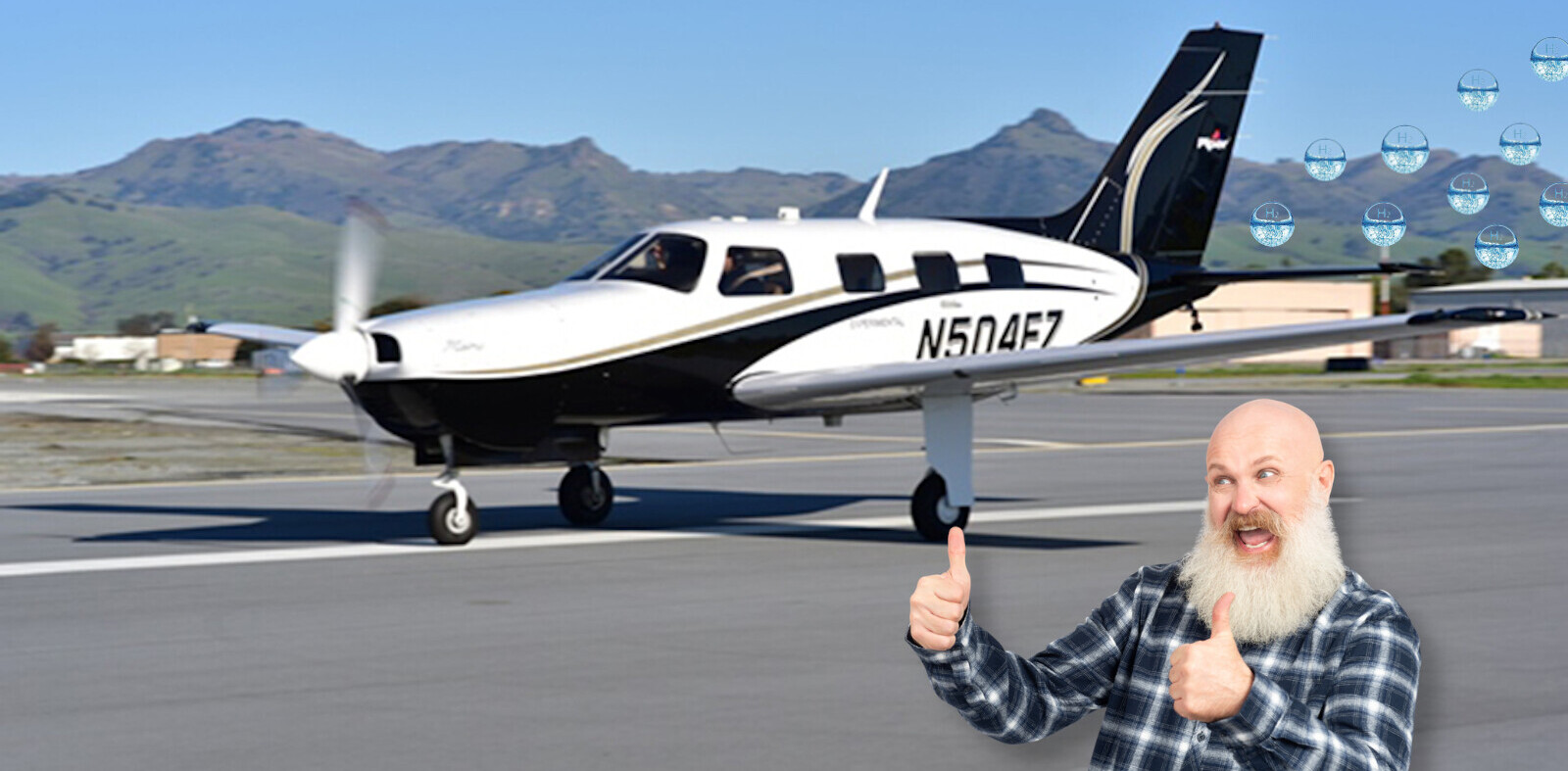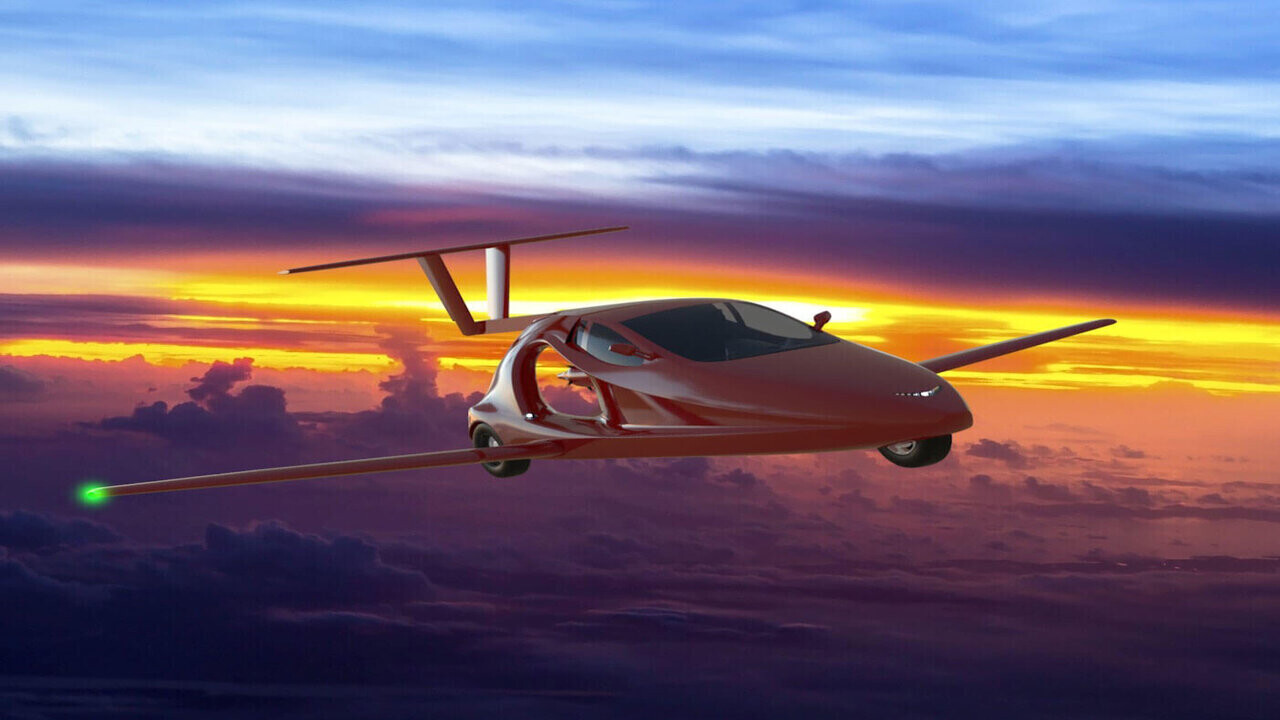
The idea of a car that turns into a plane in three minutes sounds like a dream. Imagine you’re driving along during peak hour. You get an alert of incoming traffic and shapeshift into an aircraft that takes to the skies, overtaking commuter delays, toll bridges, and construction delays — suck it, gridlock! But the reality of the flying car (aka air car) is a lot less spontaneous and a lot less flexible.
And I’m here to burst your bubble following the news of Samson Sky’s successful FAA inspection.
This week, after 14 years of design, R&D, and fundraising, Samson Sky, creators of the Switchblade flying car, announced that after an inspection by an FAA agent, the vehicle successfully completed high-speed taxi testing and is ready to take flight.
Specifically, the company repeated high-speed acceleration runs down the runway up to take-off speed. It also:
“Tested the brakes as well, yanking the vehicle to a stop repeatedly at the end of each run from up to 87 mph.”
Switchblade is the first flying car available to the US public – around 2,000 people have already reserved the $170,000 vehicle.
Is it a plane? Is it a car?
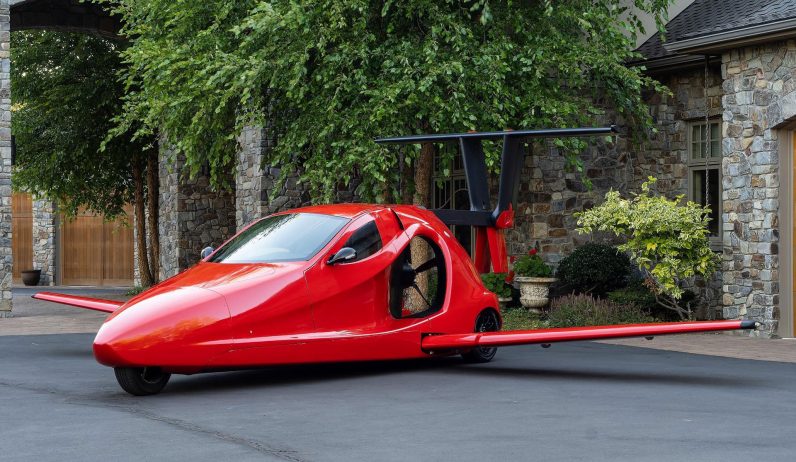
It’s both. Technically the Samson Sky Switchblade is classified in the US as a three-wheeled motorcycle – but it also flies.
With room for a pilot plus one passenger, it can both drive on roads and use runways to take off and land, using wings that fold out from storage underneath its body.
The shapeshifting dream is not as sexy as it sounds
You’ll see one of the sticking points if you read that last paragraph carefully.
Legally you are as dependent on (certified) airfields with runways as any regular airplane.
This means your take-off and landing location flexibility is identical to existing planes. In other words, the company’s claim that “you can fly where you want” is dependent on access to airfields that will allow you to fly there.
So, where can a flying car lift off?
I spoke to Corvin Huber, CEO and CTO of Skyroads, to get some insider knowledge on the logistics. Skyroads is developing an automated airspace management and vehicle guidance system that will enable autonomous passenger and cargo vehicles to take off, fly, and land.
Currently, there are no facilities developed specifically for use by private flying cars in the US.
Further, we still don’t know exactly how flying car owners will book their launch slot. Not sounding so spontaneous now.
And, there’s also the challenge of getting your Switchblade.
Wait, you have to build your own air car?
The Switchblade will be registered as an Experimental Homebuilt aircraft in the air. On the ground, it will be registered as a custom motorcycle or kit car, depending on where you live.
And you have to build it yourself.
According to the company, the build time for the Switchblade Kit is approximately 2,000 hours for at-home builders.
Or you can use the Samson Builder Assist Center, where the company claims it could take one week full-time “with our pro build team assisting you at each build station on the line. All that would remain would be the paint job or vinyl wrap.”
I’m not questioning the skills of the Samson building team, but I’m not convinced when it comes to the customer. And it’s a lot of time and money when you consider that the cost of a Switchblade could buy you a used airplane and a sports car – or even a solar car.
Then, there’s the challenge of being approved to fly your air car.
You’re going to need licenses

Owners of the Switchblade flying car need aviation and car driving licenses. Huber explained that they also need a medical by a flight examiner and to obtain a repair license to maintain their aircraft.
However, just this week, Samson shared that while its original pre-flight owners were pilots, “with quite a few being commercial pilots, retired military pilots, and aerospace engineers,” today almost 20% of downpayers are non-pilots.
Getting a pilot’s license is not easy, and what happens if you crash on the road or in the sky?
How the heck do you insure a flying car?
Car insurance is already laborious if you need to make a significant claim. But things become even more complex with a flying car. To date, no insurance policy exists for personal flying cars.
Samson suggests that “initially Switchblade drivers will need two policies: one for the air and a separate one for the ground.”
How would you even get insurance permission to store your flying car in your home garage? What if it gets stolen (oh lordy, the hilarity)?
Then, imagine the pain of dealing with two insurers and trying to get your claim approved. Huber asserts:
“Any time you put ‘a ding’ in your car, you need to come to a reasoned conclusion on how badly you have damaged your air vehicle and need to assess its continued airworthiness on a very conservative scale.”
Oof. So many unknowns.
You are part of a big aviation experiment
The current version of the Samson Sky Switchblade on offer is still experimental.
Huber explained, “This means that you are not flying in an aircraft that has been type-certificated to the official certification rules. You personally are responsible for the ‘flyability’ of the design and its continued airworthiness.”
This makes it even harder to crack the European market, where the operator needs specific flight permission in every national jurisdiction since experimental aircraft are regulated nationally (NOT by the European Union Aviation Safety Agency).
Even Klein Vision’s AirCar flying car, which promises to hit the sky in two years, only has a Certificate of Airworthiness from the Slovak Transport Authority. This means that once available commercially, you can only fly it in Slovakia.
Samson plans to manufacture a certified Switchblade in the future, claiming that the current design is almost compliant. However, this will drastically increase the price.
It’s not green
My biggest gripe with the Switchblade flying car is that it uses gasoline as a primary energy source. Considering that the urban air mobility movement aims to get people out of their cars and into more sustainable modes of transport, this is a big fat fail. Air mobility is supposed to advance sustainable transport, not add clutter.
But, Samson is working extremely hard to provide the necessary infrastructure to make the dream a reality. Let’s face it, this is a hugely appealing hobby project for aviation enthusiasts with the appropriate licenses and construction skills who live close to a certified airport. For the rest of us, don’t hold your breath.
Get the TNW newsletter
Get the most important tech news in your inbox each week.

